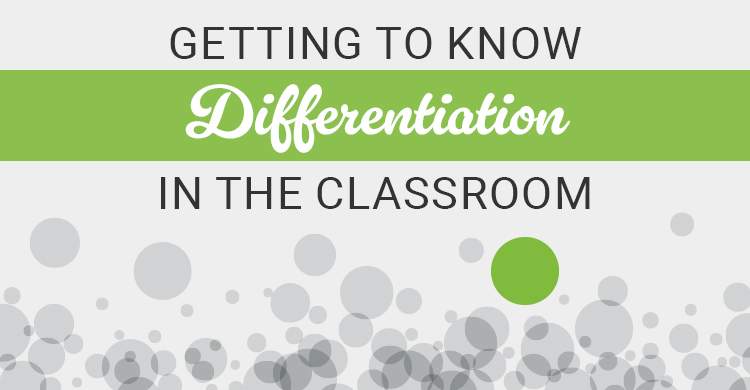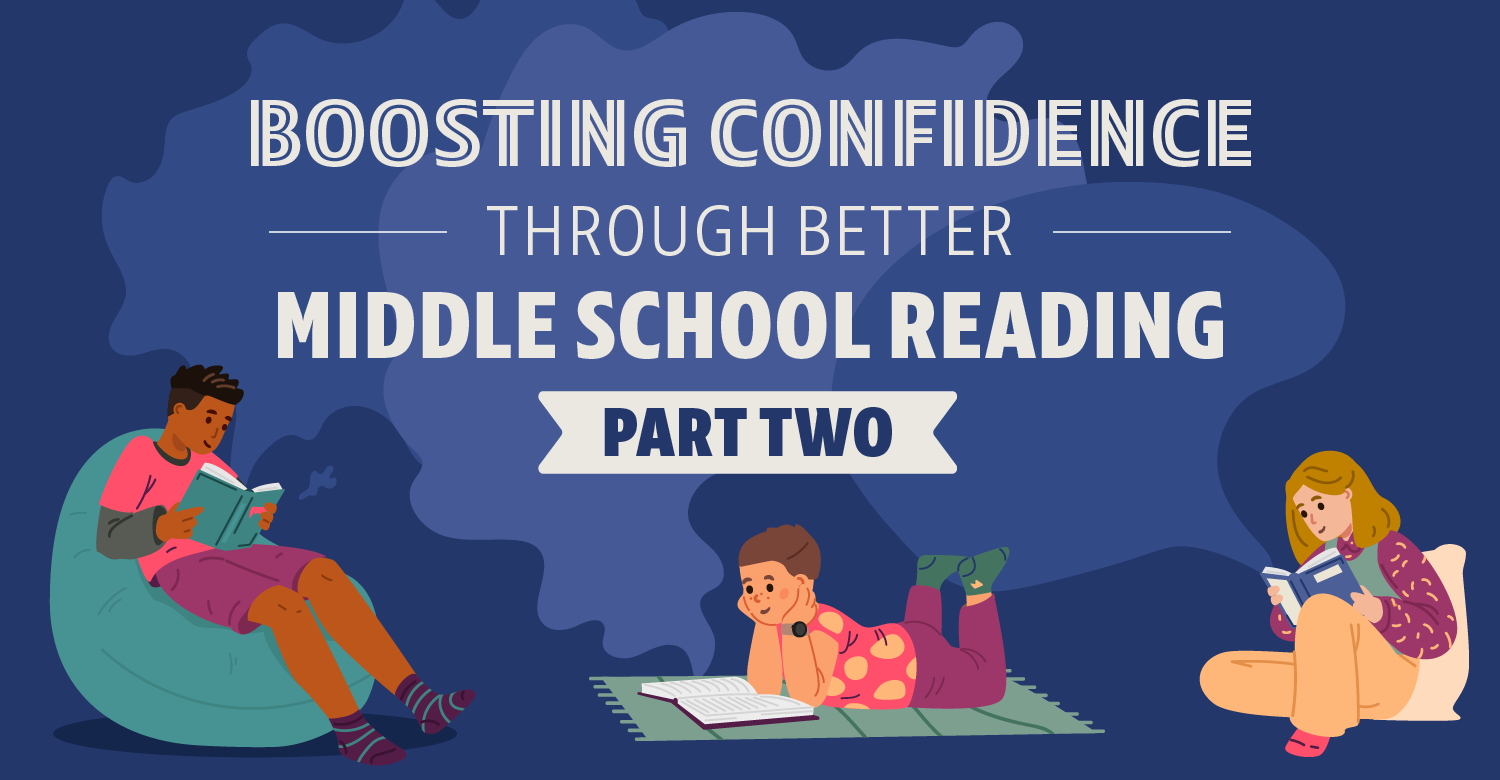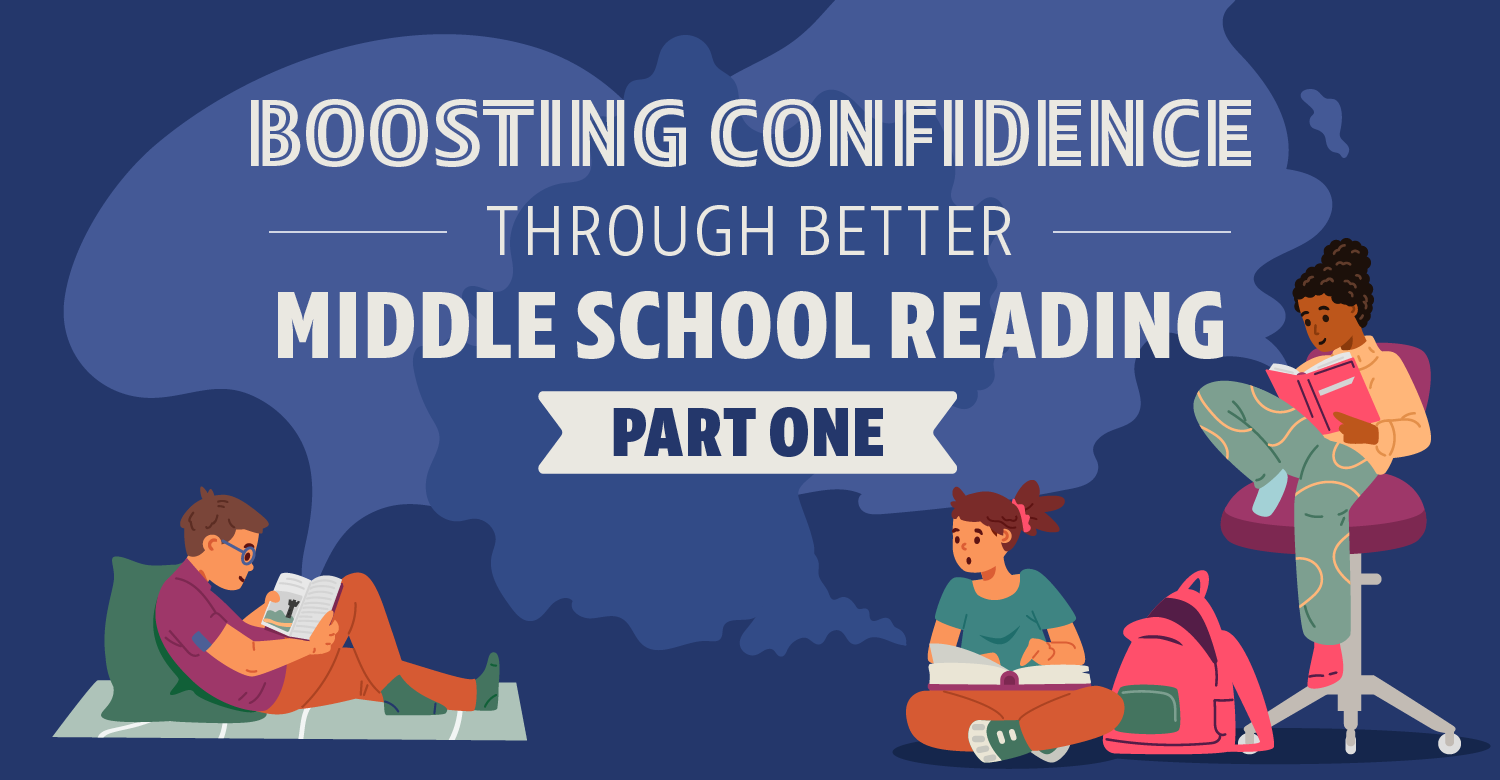We are always asking teachers how they are differentiating instruction or even saying, “You need to do better with differentiation.” But what does that even mean?
The term “differentiation” means different things to different people—and when we ask teachers how they are differentiating for student learning in their classroom, you can get a variety of different answers.
Educators have many varying, and sometimes contrasting, working definitions for differentiation. According to Carol Ann Tomlinson, “At its most basic level, differentiating instruction means shaking up what goes on in the classroom so that students have multiple options for taking in information, making sense of ideas, and expressing what they learn.”
“[A] differentiated classroom provides different avenues to acquiring content, to processing or making sense of ideas, and to developing products so that each student can learn effectively.”
— Carol Ann Tomlinson in “What Differentiated Instruction Is and Isn’t”
Meanwhile, in “Visible Learning for Teachers,” John Hattie tells us that differentiation is “understanding where each student begins, where he or she is on the journey toward the success criteria for the lesson.”
In Doable Differentiation, author Jane A. G. Kise considers differentiation to be “adjusting instruction for individual learners’ needs, styles, culture values, interests.”
The truth is all these and more. But how can an educator easily make sense of these needs, definitions, and expectations?
3 easy ways to approach differentiation
All of these definitions tell us a similar story: differentiation requires changing what or how we are teaching in order to meet a student where they are and provide targeted instruction for students who learn differently. But that line of questioning—“How do we differentiate?”—can lead classroom teachers down a rabbit hole; there are many options, methods, angles, perspectives, and choices available to an educator seeking to differentiate their lesson.
To simplify these myriad possibilities, there are three basic, broad-stroke approaches to differentiation educators should keep in mind.
Content differentiation: Focusing on the most essential ideas
Content differentiation comes from a place of looking at the content and determining what is the most important part of the content for the student to know or be able to do.
For example, an educator looking to differentiate their lesson for content may key in on specific vocabulary pieces or strategies for mathematical problem solving. Content differentiation might also focus on scaffolding the lesson to help a student work through each step of the learning so they fully understand the final outcome.
In a professional learning community, content differentiation should start in the planning phases, when teams are answering Critical Question #1: “What do we want this child to know and be able to do?” Teams should assess a student’s current level of understanding and examine the standards to determine what skills they need to master and demonstrate at the end of the unit.
Using depth-of-knowledge resources, such as “Depth-of-Knowledge Levels for Four Content Areas” or Deconstructing Depth of Knowledge, can help a teacher recognize where and how to begin with a student in order to build higher levels of skill (e.g., The student may be able to answer Level 1 questions currently, and we can differentiate through the levels to reach those higher-thinking Level 4 skills).
Input differentiation: Building easy on-ramps for all learning types
Input differentiation looks at a student’s individual learning process. Essentially, does the student need to process content in a differentiated manner? How does the student learn best?
This means an educator might need to explore learning through different styles and approaches, such as hands-on instruction, where a student actively participates in the lesson and reflects on the experience, or visual lessons that use images and graphics. When teachers provide differentiated processes and offer different activities to target different styles of learning, they are building new access points for students with different learning needs. Input differentiation is about providing new avenues and new ways for a student to process and understand a lesson’s content.
Output differentiation: Letting your students shine in the best way
Output differentiation, or when we differentiate for the product of learning, is about answering Critical Question #2 of a professional learning community: “How will we know when students have learned the material?”
When we differentiate for output, we offer choices or options for how students can demonstrate what they have learned; this gives them autonomy in expressing their learning and allows them to reflect on and engage with the lesson. Meanwhile, it provides teachers with a better understanding of what the student has actually mastered.
Output differentiation focuses on ensuring a student has developed content mastery and is able to present, illustrate, explain, display, or more or less back up what they’ve learned with evidence of their understanding. This can vary based on the individual student’s personal learning needs, styles, and growth. In some cases, a student might provide a work sample. In others, they might construct a written response or even talk through different questions, define key points, or describe their conclusions or ideas.
2 parting tips for successfully differentiating in the classroom
Whenever we start to talk or think about differentiation, it’s important to keep two things in mind…
First, students have a jagged learning profile—just like we do—and the ways we need to differentiate for a student may be different from skill to skill or subject to subject. For instance, a student that may need a visual model or worked example in math may, in fact, need to read in silence, with no visuals to distract them. When it comes to learning, it’s helpful to do away with the idea of the “average” learning profile. In “The Myth of Average,” Todd Rose discusses planning to the edges of instruction rather than the middle—because no one is completely average.
Secondly, when we differentiate, regardless of the reason, we are never lowering the expectation or changing the standard. Differentiation is not about making something easier or less complex; it is about creating a different route to content mastery. It can be easier in the beginning to think about reducing the rigor so students feel successful; however, that is a very slippery slope, and it changes the expectation for the student. If we believe that all students can learn at high levels, we need to plan our instruction at these high levels, including when we need to differentiate. Differentiation is individualized, never less.
If you want to learn more or keep reading, browse these hand-picked resources about successful differentiation methods and strategies:
About the educator
Kristen Bordonaro EdD, has served as a school- and district-level administrator for the last 15 years. She’s worked with both private and public school districts as well as special education collaboratives. Dr. Bordonaro’s passion is in uniting school teams to support the needs of all students through an “all means all” model.






